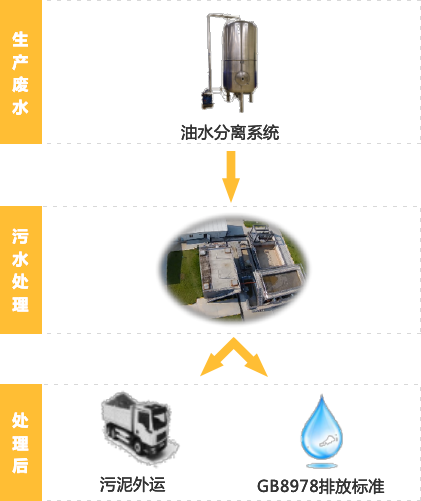

The first project was the establishment of the sewage treatment plant which turned out to be a success playing an integral part of PFI Foods' comprehensive water management system, which includes both a water separation system and a sewage treatment system.
The sewage treatment system at PFI Foods employs the latest SBR (Sequencing Batch Reactor) treatment method. This advanced technology ensures highly efficient treatment of sewage. Through a series of sophisticated processes and strict quality control measures, the treated water from this system can fully meet the national first-class discharge standard. By implementing such a high-standard sewage treatment solution, PFI Foods not only demonstrates its commitment to environmental protection but also adheres to sustainable development principles in its operations



Sewage Treatment Plan for PFI Foods, Given the unique characteristics and properties of the production sewage at PFI Foods, an advanced "physicochemical + biochemical" treatment approach has been designed.
Physicochemical Treatment Stage, The flotation method is the core of the physicochemical treatment process. By introducing air bubbles into the sewage, suspended solids and particulate matter adhere to these bubbles and are then floated to the surface for easy removal. This process effectively eliminates a large quantity of contaminants from the sewage stream, significantly reducing the initial load of impurities.
Biochemical Treatment Preparation - Hydrolysis Acidification, After the physicochemical flotation treatment, the effluent undergoes hydrolysis acidification. This stage plays a crucial role in enhancing the biodegradability of sewage. Through a series of complex biochemical reactions under anaerobic conditions, large-molecular organic compounds in the sewage are broken down into smaller, more easily biodegradable substances. This transformation paves the way for highly efficient subsequent aerobic treatment.
Aerobic Treatment for Final Purification, In the last step, an aerobic treatment method is employed. Microorganisms in the aerobic environment consume the remaining organic pollutants in the sewage. Through processes such as oxidation and assimilation, these microorganisms metabolize the pollutants, converting them into harmless substances like carbon dioxide and water. This final treatment stage ensures that the sewage meets the required treatment standards, achieving a high-quality effluent suitable for safe discharge or reuse.